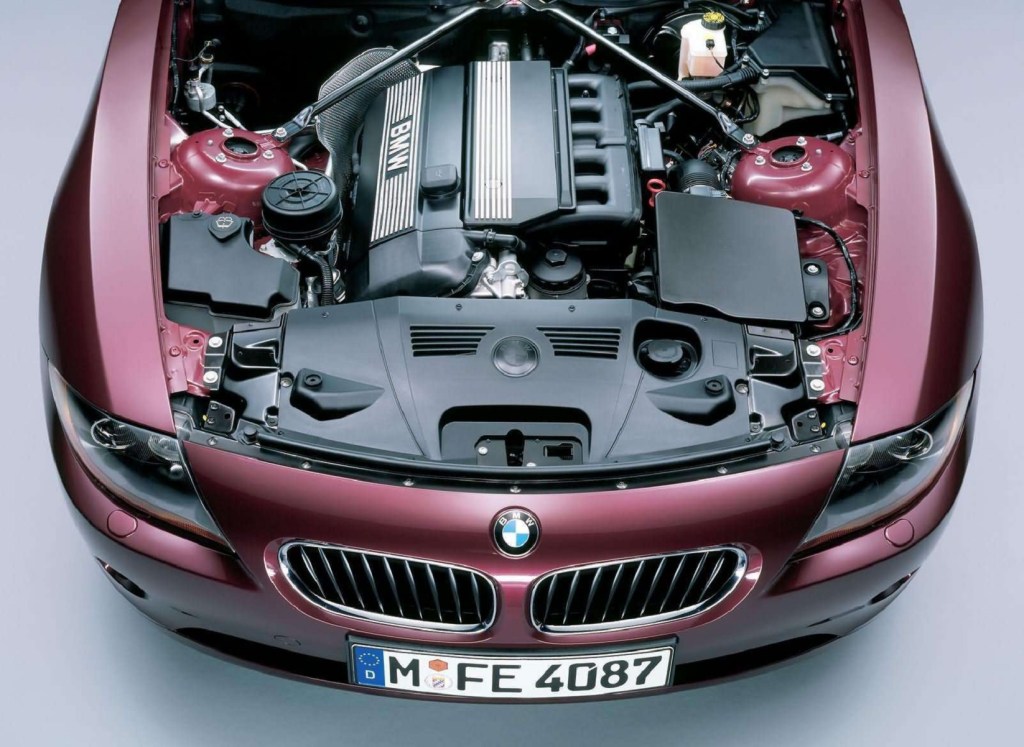Unveiling the Keys Behind the Power of the BMW Engine
Unveiling the Keys Behind the Power of the BMW Engine
Blog Article
Checking Out the Advancement of Burning Engines in Modern Transport Systems
As we navigate the landscape of contemporary transportation, the evolution of burning engines stands as a testament to human ingenuity and design expertise. From their humble beginnings to the advanced giants pushing cars today, burning engines have actually undertaken a remarkable trip of advancement and adaptation. Recognizing the intricacies of this evolution not just drops light on the past however also leads the way for picturing what exists in advance in the world of transport technology. The interplay of background, innovation, and ecological problems fit the trajectory of burning engines creates a story that is both compelling and informative.
Very Early Beginnings of Combustion Engines
Just how did the concept of combustion engines very first arise in the very early stages of transportation advancement? The origins of burning engines can be traced back to the 17th century when the principles of internal combustion were initial checked out. In 1673, Christian Huygens conceptualized a standard inner combustion engine that made use of gunpowder to create power. It had not been till the late 19th century that useful applications of combustion engines in transportation started to emerge.
The breakthrough minute featured the development of the initial effective gasoline-powered engine by Karl Benz in 1885 - bmw engine. This engine led the way for the growth of the contemporary automobile, revolutionizing transportation systems worldwide. Subsequent technologies by Nikolaus Otto and Gottlieb Daimler better improved burning engine innovation, bring about the automation of automobiles and the fast expansion of the transport industry
These early combustion engines were identified by their simplicity and efficiency, laying the structure for the complex and powerful engines used in modern transport systems. The advancement of burning engines has been crucial in shaping the means we take a trip and transport items, marking a substantial milestone in the history of transportation advancement.
Transition to Internal Combustion Modern Technology
The shift to internal burning innovation noted an essential shift in the development of transport systems. This change started in the late 19th century, with developers like Nikolaus Otto and Gottlieb Daimler establishing the first effective inner burning engines. These engines transformed transport by providing an extra reliable and powerful option to steam engines and electrical motors.
One of the key advantages of inner combustion engines was their capability to be scaled down to suit automobiles, resulting in the development of motorbikes and automobiles. This shift from cumbersome, stationary engines to compact, mobile ones led the method for the contemporary transportation systems we see today.
The shift to inner combustion innovation additionally stimulated developments in fuel modern technology, bring about the development of gasoline and diesel as primary fuel sources for automobiles. This change not only made transport more available to the masses yet likewise laid the structure for the oil and gas market to become important to worldwide economic climates.
Effect of Combustion Engines on Transport
The adoption of burning engines in transport systems militarized a profound shift in the effectiveness and speed of international flexibility. Burning engines reinvented transportation by giving a functional and trustworthy source of power for numerous cars, consisting of cars and trucks, ships, trucks, and aircrafts. This technology substantially enhanced the capability for goods and people to relocate over lengthy ranges in shorter period, leading to enhanced connection between regions and nations.
Furthermore, the extensive use burning engines has had a considerable effect on financial development. The ability to move products successfully has actually stimulated profession and business, enabling businesses to expand their markets and reach customers worldwide. This has actually facilitated financial growth and globalization, as products can now be transported much faster and in larger quantities than ever before.
Nevertheless, the environmental effect of burning engines can not be overlooked. The burning of nonrenewable fuel sources has led to air contamination and greenhouse gas exhausts, adding helpful hints to environment adjustment and posturing health dangers to populations. bmw engine. As a result, there is an expanding emphasis on developing alternate propulsion technologies to mitigate these adverse results and create a much more sustainable future for transport
Developments in Combustion Engine Layout
One remarkable innovation is the advancement of turbocharged engines, which make use of exhaust gases to drive a generator that presses incoming air, allowing for even more fuel to be burned, resulting in increased power outcome without a considerable rise in engine size. Variable shutoff timing systems have actually likewise transformed engine style by maximizing airflow at different engine rates, boosting both power and efficiency. These developments collectively contribute to the constant renovation of combustion engines in modern transport systems.
Future Fads in Combustion Engine Advancement
With technology advancements driving constant technology, the future of burning engine growth is positioned to revolutionize transportation systems globally. Among the vital fads in combustion engine advancement is the press in the direction of greater performance and lowered emissions. Producers are investing heavily in study and growth to improve engine performance while satisfying rigorous ecological i was reading this regulations. This consists of the integration of advanced gas injection systems, enhanced turbocharging techniques, and making use of light-weight materials to maximize fuel intake and reduce carbon emissions.
One more prominent trend is the fostering of crossbreed modern technologies in burning engines. Crossbreed engines integrate traditional combustion technology with electric power, using enhanced fuel effectiveness and reduced exhausts. As the automotive industry changes in the direction of electrification, crossbreed burning engines are viewed as a transitional service that connects the space in between standard automobiles and totally electrical ones.
In addition, the integration of clever innovations, such as artificial knowledge and information analytics, is anticipated to play a substantial function in the future of burning engine development. These innovations can optimize engine performance in real-time, bring about extra reliable burning procedures and boosted total automobile efficiency. Accepting these future fads will certainly not just drive innovation in combustion engine advancement however additionally add to a much more sustainable and eco pleasant transportation ecological community.

Conclusion
In verdict, the evolution of burning engines in modern-day transportation systems has actually been marked by considerable innovations in technology and design. From the very early beginnings of burning engines to the change to interior burning modern technology, these engines have actually had an extensive effect on transport.
The origins of burning engines can be mapped back to the 17th century when the principles of interior combustion were first discovered. These engines transformed transport by providing an extra effective and effective choice to heavy steam engines and electric motors.

Report this page